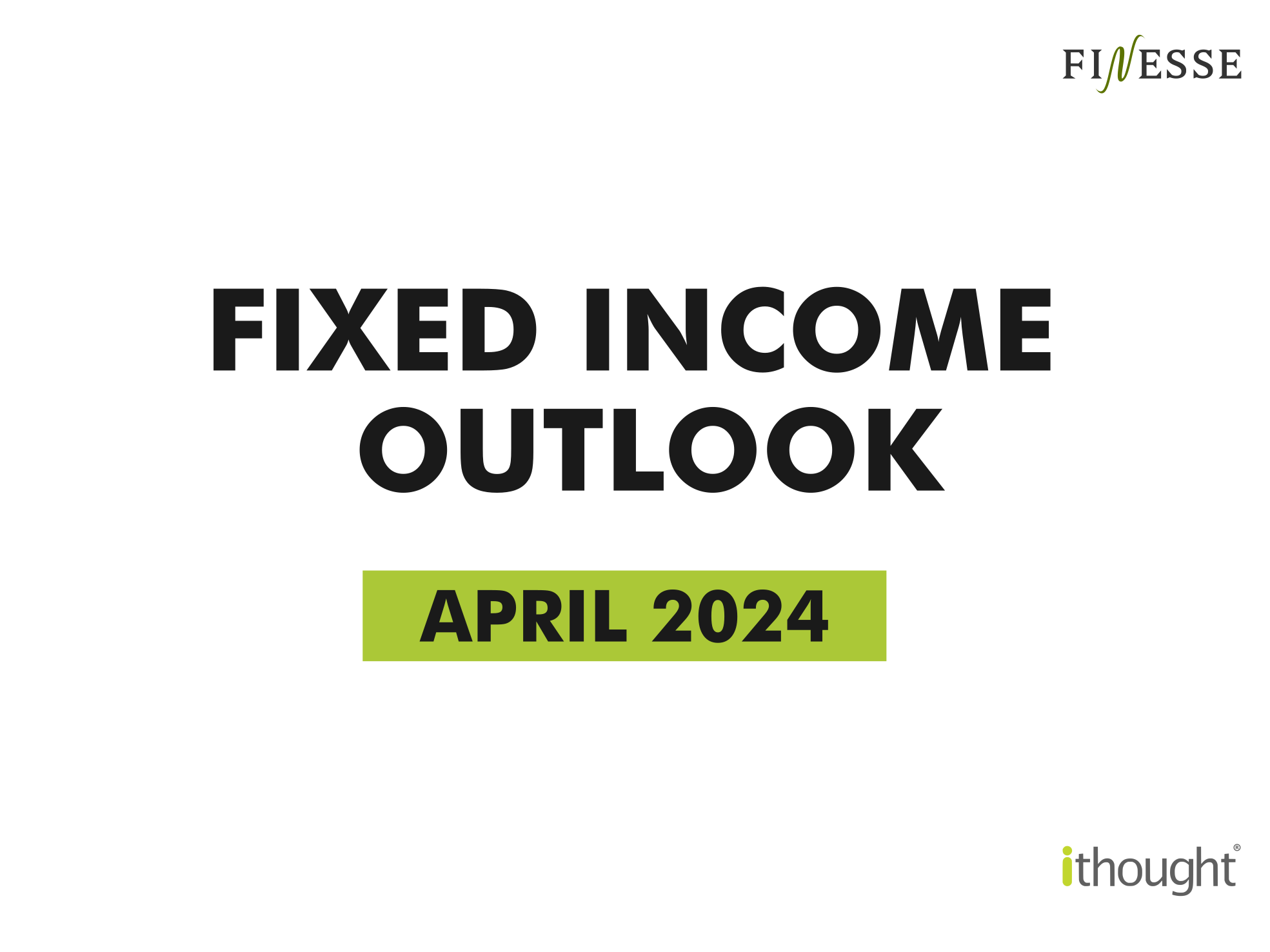Investment Strategy
Credit risk is still present. Post IL&FS and DHFL, the quality of AAA papers have come into question. The appetite for credit risk has disappeared. Most fixed-income investors are flocking to quality. Taking some credit risk can result in higher returns – this must be taken in a calibrated and timely manner.
Duration risk is avoidable, going forward policy focus will be more on transmission than rate cuts. Mark to market gains from investing in long-term debt products may be limited from here.
At this point in time, the short to medium term investments look attractive. Investors may consider moving from high-quality bank deposits to marquee corporate fixed deposits. To know more about your investment options, get in touch with us today!
We’re in a downward interest rate cycle. This year alone, the RBI reduced the repo rate by 110 bps. Fixed deposit and debt mutual fund investors need to moderate their return expectations. So, where can one invest after interest rates have fallen?
Monetary Policy
Let’s take a moment to understand the monetary policy before identifying a suitable investment strategy. The RBI met earlier this month and has stuck to its accommodative stance. Slow growth and benign inflation warrant an accommodative stance. This is characterized by a period of low-interest rates. Inflation has remained below the medium-term target of 4%. Domestic and global growth slowdown took the forefront. Consequently, in the August policy meet the repo rate was cut by 0.35%.
Monetary Policy Transmission
The RBI’s primary concern has been one of transmission. The repo rate is the rate at which the RBI lends to banks. And we (individuals, corporates, etc.) borrow from banks. The intent of the RBI reducing the repo rate is to ensure that end customers like us also receive the benefits of lower interest rates.
While the RBI has cut interest rates by more than 1% since the start of this year, transmission is still not on par. Better transmission will translate into economic revival. The focus now shifts to banks and lenders to offer better credit terms to their customers.
Recession
Recession is a strong fear-inducing word. The American economy still appears resilient with a strong labour market and stable inflation. However, a looming trade war, negative interest rates globally, and Brexit, don’t paint a positive picture. Global growth looks anemic. The interconnectedness of financial markets implies that domestic markets are subject to international trends.
The last recession was more than a decade ago. Currently, economic growth has slowed down. Until it picks up, interest rates will remain low. This is not the best news for fixed income investors as returns from debt instruments will reduce/ remain modest.
Interest Rate Cuts Affect Consumers
Through monetary policy transmission, interest rate cuts affect end consumers. So, in a while you could see cheaper home and vehicle loans. Priority sectors could have access to more affordable credit. A lower interest rate regime is good for those looking to borrow or those who have floating interest loans.
For fixed-income investors, the same situation paints a different picture. Interests from bonds and deposits and yields from mutual funds will reduce. Effectively, returns from fixed-income investments will moderate. So, the investment strategies that worked well before need to be revised.




